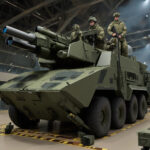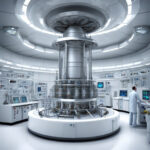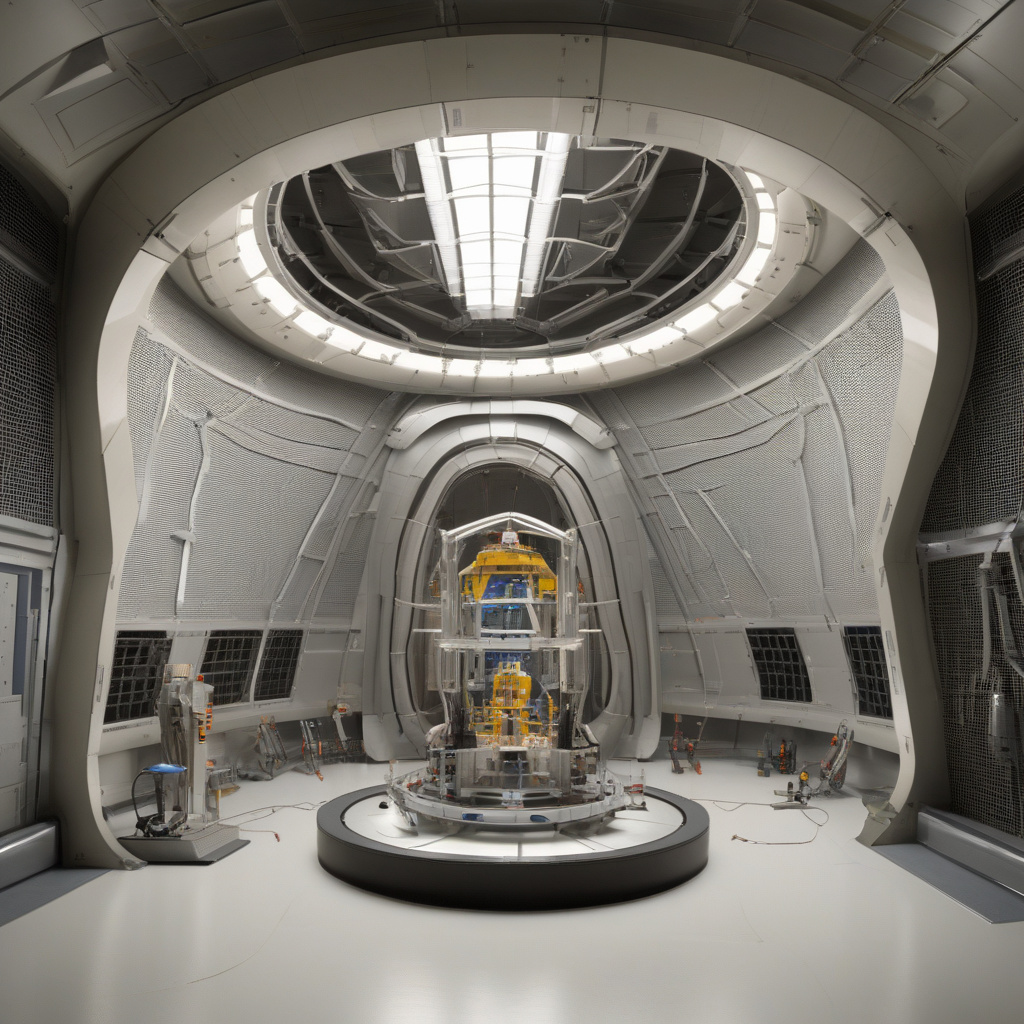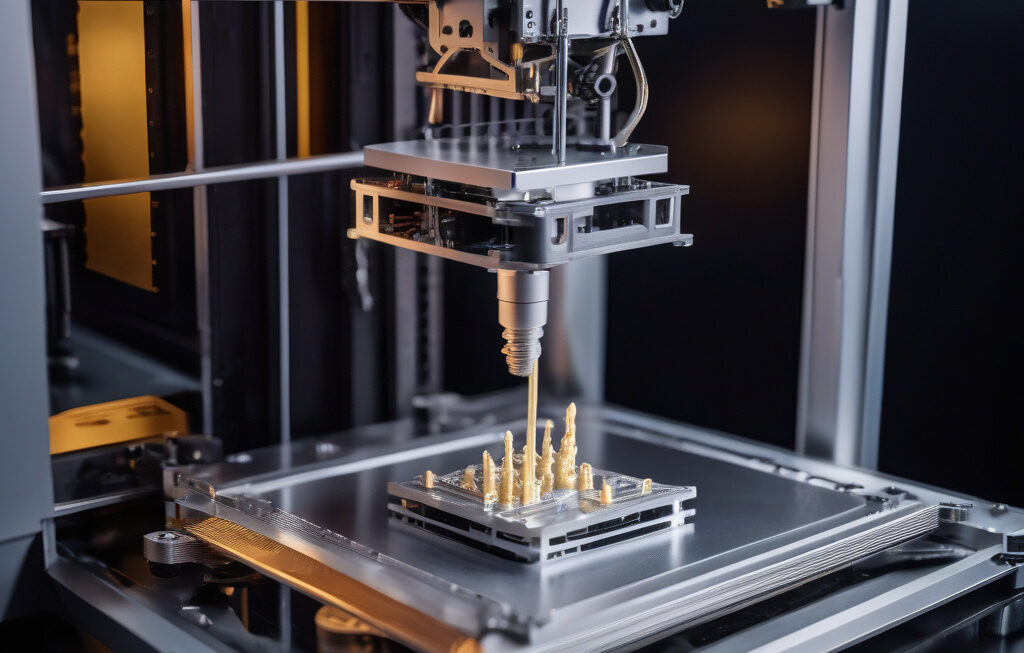Video: NASA Tests Unique Wings in Wind Tunnel to Advance Next-Gen Aircraft Design
NASA is helping accelerate the future of advanced air mobility (AAM) by testing a unique set of wings in a state-of-the-art wind tunnel. The innovative design aims to push the boundaries of traditional aircraft capabilities, paving the way for next-generation aviation technology.
The recent tests conducted by NASA showcase the organization’s commitment to driving innovation in the aerospace industry. By exploring unconventional wing designs, NASA is not only seeking to enhance aircraft performance but also to improve fuel efficiency and reduce carbon emissions. These advancements are crucial in addressing the challenges of climate change and creating a more sustainable aviation sector.
One of the key features of the unique wings being tested is their ability to adapt to different flight conditions. By utilizing advanced materials and flexible structures, these wings can adjust their shape in real-time, optimizing aerodynamic efficiency and overall performance. This level of flexibility and responsiveness represents a significant leap forward in aircraft design and has the potential to revolutionize the way we think about air travel.
In addition to improving performance, the innovative wings being developed by NASA also prioritize safety and reliability. By undergoing rigorous testing in wind tunnels and simulated flight environments, these wings are designed to meet the highest standards of quality and durability. This commitment to excellence ensures that future aircraft incorporating this technology will not only be efficient and eco-friendly but also safe and dependable.
Furthermore, NASA’s research into advanced wing designs has broader implications for the entire aviation industry. By pushing the boundaries of what is possible in terms of aerodynamics and materials science, NASA is inspiring a new wave of innovation among aircraft manufacturers and designers. The knowledge gained from these tests will inform the development of future aircraft models, leading to more efficient, sustainable, and high-performing planes.
As we look towards the future of air travel, it is clear that organizations like NASA are playing a crucial role in shaping the next generation of aircraft technology. By investing in groundbreaking research and testing cutting-edge designs, NASA is driving progress in the field of advanced air mobility and setting the stage for a new era of aviation innovation.
In conclusion, NASA’s testing of unique wings in wind tunnels represents a significant step forward in advancing next-gen aircraft design. By prioritizing innovation, efficiency, and sustainability, NASA is helping to redefine the possibilities of air travel and leading the way towards a more advanced and environmentally friendly aviation industry.
#NASA #AircraftDesign #Innovation #AviationTechnology #Sustainability












